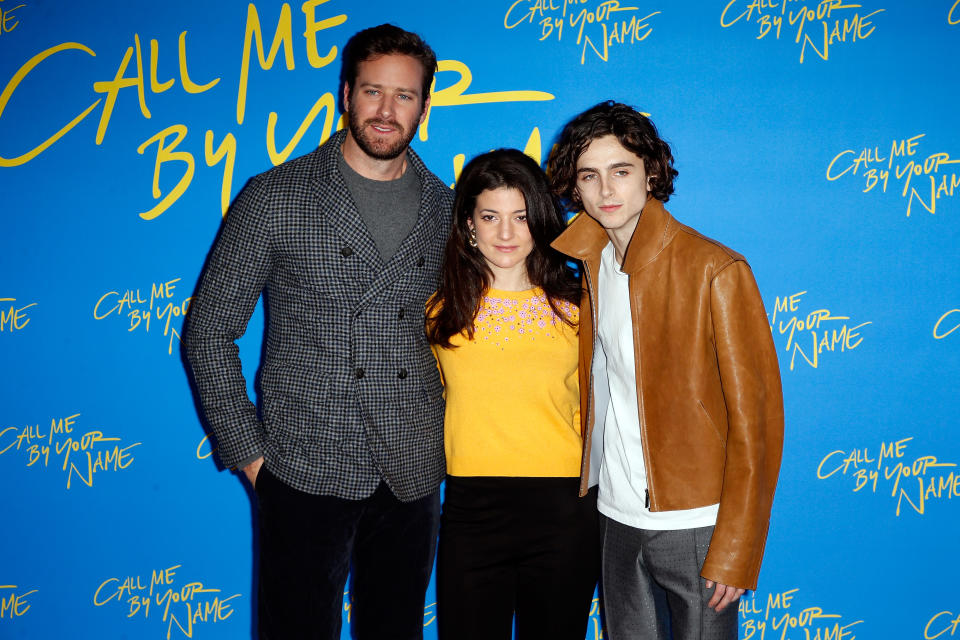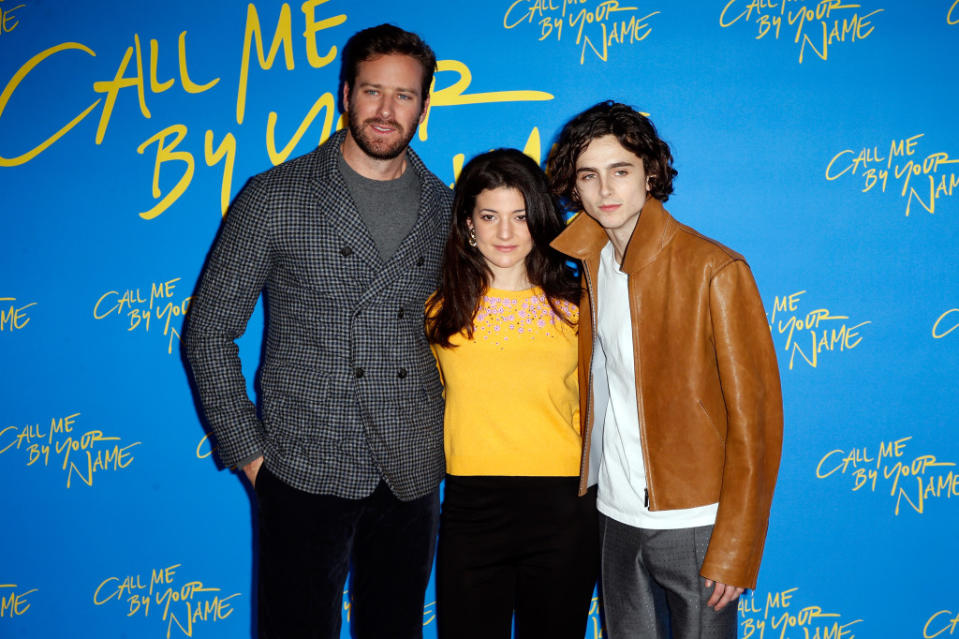Hollywood Studios Are Still Not Representing LGBQT Characters Enough, Report Finds
The film industry has a long way to go until it achieves satisfactory representation of LGBQT characters in cinema, a new report found.
LGBQT advocacy group GLAAD released its sixth annual Studio Responsibility Index on Tuesday, surveying the films released in 2017 from major studios and their subsidiaries. The report found a “significant decrease” in LGBQT characters in Hollywood movies, with them featured in just 14 of 109 films. That comes out to 12.8% of major releases last year, down 5.6% from the previous year’s 18.4%. In total, GLAAD says 2017’s percentage is the lowest since it began its survey in 2012.
“On screen, record-breaking films like Black Panther and Wonder Woman prove that not only does inclusion make for great stories -- inclusion is good for the bottom line,” GLAAD president and CEO Sarah Kate Ellis said in a statement. “It is time for lesbian, gay, bisexual, transgender, and queer stories to be included in this conversation and in this movement.”
GLAAD counted 28 LGBQT characters throughout mainstream releases last year, down from 70 in 2016 and 47 in 2015. The report notes that 2016’s number was inflated by 14 characters featured in a single film -- Universal Pictures' PopStar: Never Stop Never Stopping. And GLAAD found there were no transgender or non-binary characters in mainstream films in 2017.
Of the major studios examined in the index -- 20th Century Fox, Lionsgate Entertainment, Paramount Pictures, Sony Pictures, Universal Pictures, Walt Studios and Warner Brothers -- Universal and Fox ranked highest for quantity and quality of inclusion, but even that merited only an “insufficient” rating for the pair, compared to “poor” and “failing.” Lionsgate and Warner Brothers, meanwhile, had the worst ratings.
There were some positives to take away in 2017, though, GLAAD said. The organization praised the release of Academy Award nominees Call Me By Your Name and A Fantastic Woman and said the racial diversity of LGBQT characters improved in 2017, with more than half being people of color.
GLAAD says its goal is for Hollywood’s major studios to feature LGBQT characters in at least 20% of its films by 2021, and then 50% of its films by 2024. “This is the first step in creating a barometer,” Ellis said, “that will move them from a ‘poor’ or ‘failing’ rating, to a ‘good’ or ‘excellent’ one.
See original article on Fortune.com
More from Fortune.com
5 Things to Know About Dow's New Openly-Gay CEO Jim Fitterling
Australia's Parliament Just Legalized Gay Marriage in a Landslide Vote
Houston-Based Energy Companies Including Exxon, Shell and Halliburton Protest Texas 'Bathroom Bill'
For Nine Long Minutes, It Seemed Like the U.S. Was on the Precipice of War


